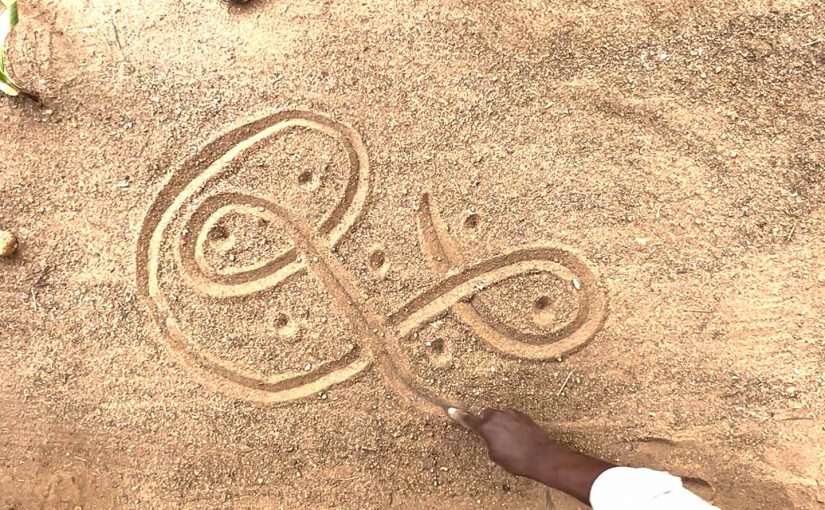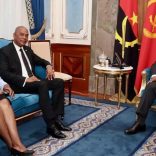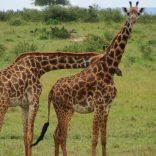Brazilians protest efforts to shield Bolsonaro and lawmakers from courts
Angola’s ancient Sona writing recognised on UNESCO heritage list

Sona is a complex system of lines and dots used to communicate both information and mathematical relationships [Photo: Jorge Dias Veloso]
- Sona, an ancient form of inscription in sand, is the first piece of intangible cultural heritage from Angola to be acknowledged by UNESCO
- Recognition from the international organisation will allow Angola to ‘lay the foundations’ for cultural tourism, says Angolan president
The ancient Angolan inscription practice known as “sona” has been officially recognised by UNESCO as part of the Intangible Cultural Heritage of Humanity. The designation, presented to President João Lourenço on Angola’s Culture Day, marks the country’s first listing of intangible cultural heritage.
Sona, originating from the Lunda Tchokwe peoples in eastern Angola, is an intricate system of lines and dots used to convey information and express mathematical relationships. It also holds the distinction of being only the second mathematical practice recognised by UNESCO, following Chinese zhusuan .
President João Lourenço of Angola has received a certificate from UNESCO recognising the ancient inscription form known as “sona” as part of the Intangible Cultural Heritage of Humanity. The certificate was presented on Wednesday – Angola’s Culture Day – according to Angolan news agency ANGOP.
Sona (singular lusona) is the practice of writing in sand with a combination of dots and lines and has been used by the Lunda Tchokwe peoples in the eastern region of Angola for thousands of years to communicate information and describe mathematical relationships. Its designation as part of the Intangible Cultural Heritage of Humanity is a first for Angola and the second for mathematics – the first being Chinese zhusuan, the knowledge and practice of calculating with an abacus.
A form of ethnomathematics, sona uses both lines and arrays of dots. While the number of lines and size of the array varies, they always follow the same principle of using the least number of lines possible to complete a given shape without retracing.
In this way, each sona represents the same mathematical relationship: the number of lines is equal to the largest number that divides neatly into both the number of columns and number of rows in the dot array. Those familiar with Sona can look at an unfamiliar pattern and instantly know the number of lines needed.
Knowledge of sona has been passed down orally from generation to generation but has receded over time, prompting the Angolan government to take steps to preserve it. Studies have been conducted to document this important resource and initiatives taken through local universities and cultural organisations. There is also widespread transmission through the school curriculum and various other activities.
UNESCO created the Intangible Cultural Heritage of Humanity distinction in 1997 to recognise and protect cultural treasures ranging from knowledge and forms of expression to legends, music, customs and other traditions.
🔴 BREAKING
New inscription on the #IntangibleHeritage List: Sona, drawings and geometric figures on sand, #Angola 🇦🇴.
Congratulations!https://t.co/c2HMPpStCA #LivingHeritage pic.twitter.com/6cVyoRZPox
— UNESCO 🏛️ #Education #Sciences #Culture 🇺🇳 (@UNESCO) December 5, 2023












Leave a Reply
Be the First to Comment!
You must be logged in to post a comment.
You must be logged in to post a comment.